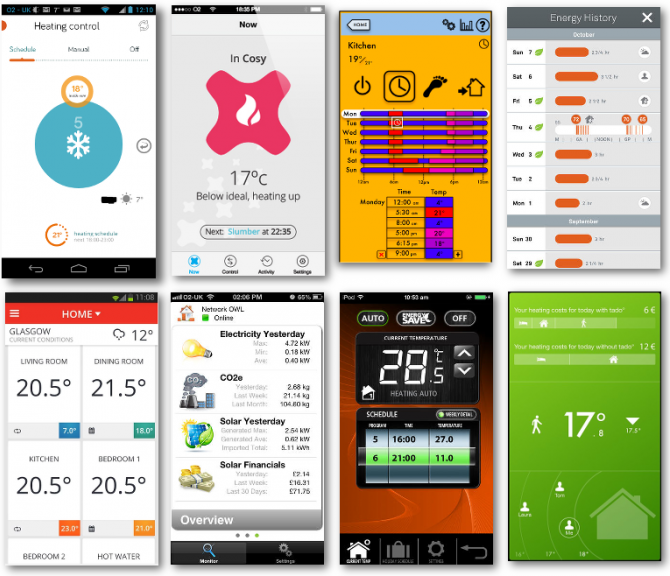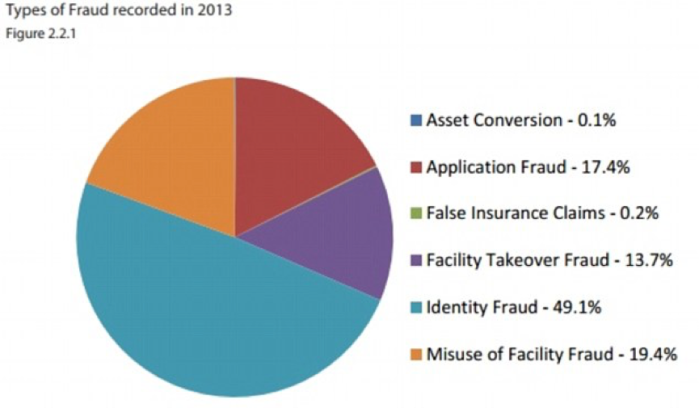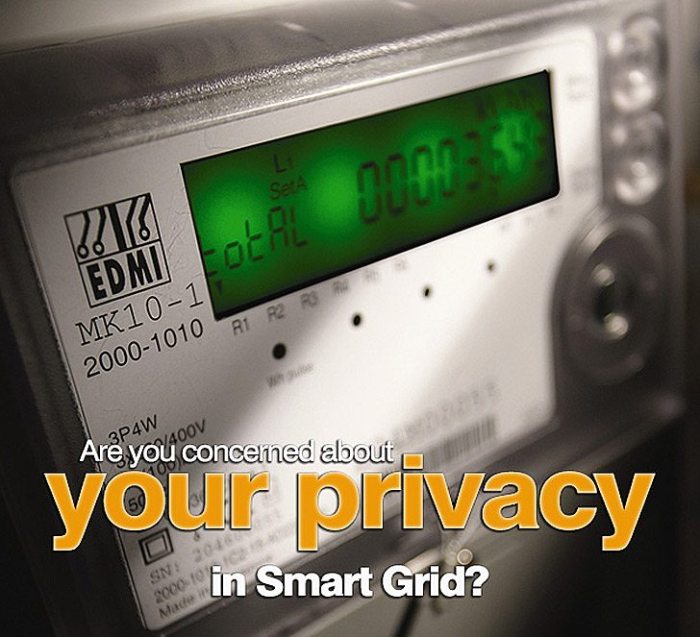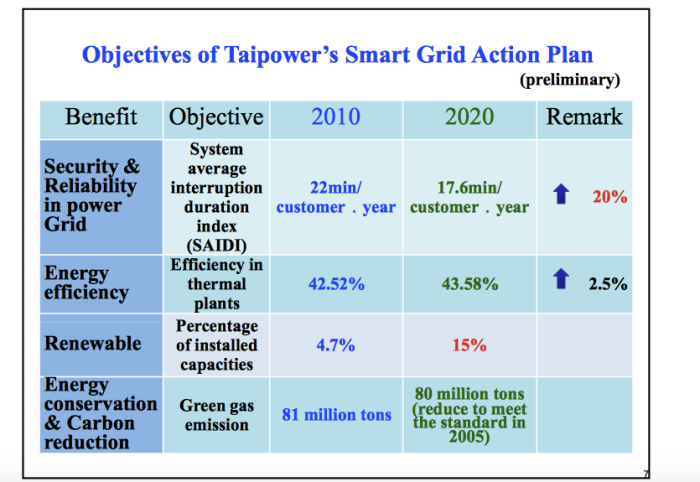The guest lecturer discussed some interesting topics on smart cities covering where smart cities come from, how it works and whether we live smart enough? As Brian mentions, with the development of the smart technologies, are we becoming smart enough? In the lecture, I connected the thought with China by asking whether China is becoming smart now?
The first question I can imagine is the fast economy development. With the largest economic goal, whether building smart cities can simplify the miscellaneous economic development? In the progress of building smart cities, we want everything, including industry, agriculture, becomes smarter. Thus, with the establishment of smart cities, will this be helpful for China to change the economic structure in the future?
Secondly, what do smart cities mean for citizens in China? Discussing China’s smart cities is based on the bottom down approach and this approach lacks the consideration of Public participation. Also we need to clarify if the public here means all population in China? China takes the largest population in the world. Does building smart cities mean letting all the population’s lives become smart? According to Stuart (2015), 13% of China’s population falls below the poverty line. So, whether in the progress of building smart cities ignore this part population’s benefit? Or whether establishing smart cities can bring this part of population to smart lives?
Thirdly, we insist on the ecological sustainability and this is also the target of establishing smart cities. However, in terms of China, will this retard China’s economic development progress in a short time? According to the emission reduction target for China, China requires to reduce at least 35% emission compared with 2005 at Paris climate change summit (Duggan, 2015). Thus, under these circumstances, whether China’s economy development will be retarded?
As a consequence, proposing the slogan of building smart cities in China is easy, but how to put it into practice and to make every aspect integrated together is difficult.
References:
Stuart, Elizabeth, 2015, China has almost wiped out urban poverty. Now it must tackle inequality, Available from: https://www.theguardian.com/business/economics-blog/2015/aug/19/china-poverty-inequality-development-goals, Accessed on 6th, October 2016.
Duggan, Jennifer, 2015, China makes carbon pledge ahead of Paris climate change summit, Available from: https://www.theguardian.com/environment/2015/jun/30/china-carbon-emissions-2030-premier-li-keqiang-un-paris-climate-change-summit, Accessed on 6th, October 2016.




 (Picture is from:
(Picture is from: The smart meter trials, being led by EDF Energy, are part of Low Carbon London, a consortium of partners led by UK Power Networks funded by £24.9million from Ofgem’s Low Carbon Networks Fund, plus £4.6million from the electricity network operator. (Arnett,2012)
The smart meter trials, being led by EDF Energy, are part of Low Carbon London, a consortium of partners led by UK Power Networks funded by £24.9million from Ofgem’s Low Carbon Networks Fund, plus £4.6million from the electricity network operator. (Arnett,2012) People have seen the power and benefits of Smart Grids and therefore, many cities around the world have announced plans to deploy smart meters. Austin is one of the cities whose Smart Grid project have completed while others are just getting started.
People have seen the power and benefits of Smart Grids and therefore, many cities around the world have announced plans to deploy smart meters. Austin is one of the cities whose Smart Grid project have completed while others are just getting started. As I explained in the last blog, smart grid is important and useful. It sounds like every participator will benefit from smart grids, doesn’t it? It can transform the national hodge-podge electrical infrastructure into an advanced, new one with computerization, communications, and sensors to regulate and monitor the production, transmission, and consumption of electricity. That is to say, to the customer, smart grids can help monitor the bill and usage. To the energy company, they would prefer to see the costs shrink while efficiency and profits swell.
As I explained in the last blog, smart grid is important and useful. It sounds like every participator will benefit from smart grids, doesn’t it? It can transform the national hodge-podge electrical infrastructure into an advanced, new one with computerization, communications, and sensors to regulate and monitor the production, transmission, and consumption of electricity. That is to say, to the customer, smart grids can help monitor the bill and usage. To the energy company, they would prefer to see the costs shrink while efficiency and profits swell.
 From my last blog, we can find that there are some common points that all the smart grids projects obtain, integration, sustainable and this happened to answer the question why smart grids is important and how to achieve it? Thus, in this blog, I will explain why smart grids are important?
From my last blog, we can find that there are some common points that all the smart grids projects obtain, integration, sustainable and this happened to answer the question why smart grids is important and how to achieve it? Thus, in this blog, I will explain why smart grids are important?